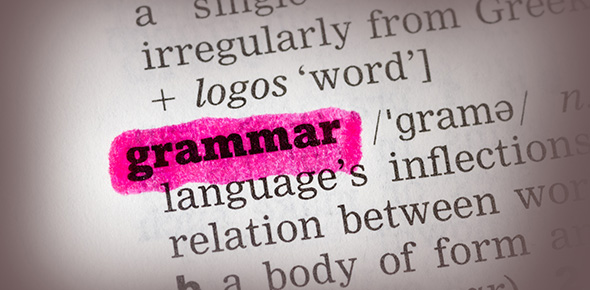Related Flashcards
Related Topics
Cards In This Set
| Front | Back |
|
What is the relation between a star's apparent magnitude and absolute magnitude?
|
M - M = 5 log(d/10)
or m - M = 5 log(d) - 5 Where m = apparent magnitude M = Absolute magnitude d = distance to star in parsecs |
|
What is the order of spectral classes in order of decreasing temperature?
|
OBAFGKM
("Oh, be a fine girl, kiss me") |
|
A star with surface temperature of 5800 K and a luminosity of greater than 100 times that of the sun is a member of which luminosity class?
|
III Giant
|
|
A star with surface temperature of 5800 K and a luminosity of greater than 1000 times that of the sun is a member of which luminosity class?
|
I Supergiant
|
|
A star with surface temperature between about 6000-20000 K and a luminosity less than 100 times that of the sun is a....
|
White dwarf
|
|
What is the relation between distance and parallax?
|
D = 1 / p''
|
|
A magnitude difference of 1 corresponds to a factor of ____ in brightness
|
2.512
|
|
The color index of a star (the difference between the apparent magnitudes B and V at two different colors, blue and visual) is a direct measure of what property of the star?
|
Surface temperature
|
|
Compared to a star in the middle of the HR diagram, a star in the lower left part is...
|
Smaller
|
|
Compared to a star in the middle of the HR diagram, a star in the upper right part is...
|
Bigger
|
|
Giants and supergiants make up about what percentage of stars in the sky?
|
About 1%
|
|
About how big are white dwarfs?
|
Approximately the same size as Earth
|
|
What proportion of visible stars in the nighttime sky are binary or multiple-star systems?
|
Nearly 50%
|
|
What is Kepler's third law?
|
M1 + M2 = a^3 / P^2
Where M1, M2 are masses of two stars in a binary system, in solar masses a = semimajor axis of one star's orbit around the other, in AU P = Orbital period, in years |
|
What is the density of a white dwarf?
|
P = 1.6 x 10^5 g/cm^3
|







